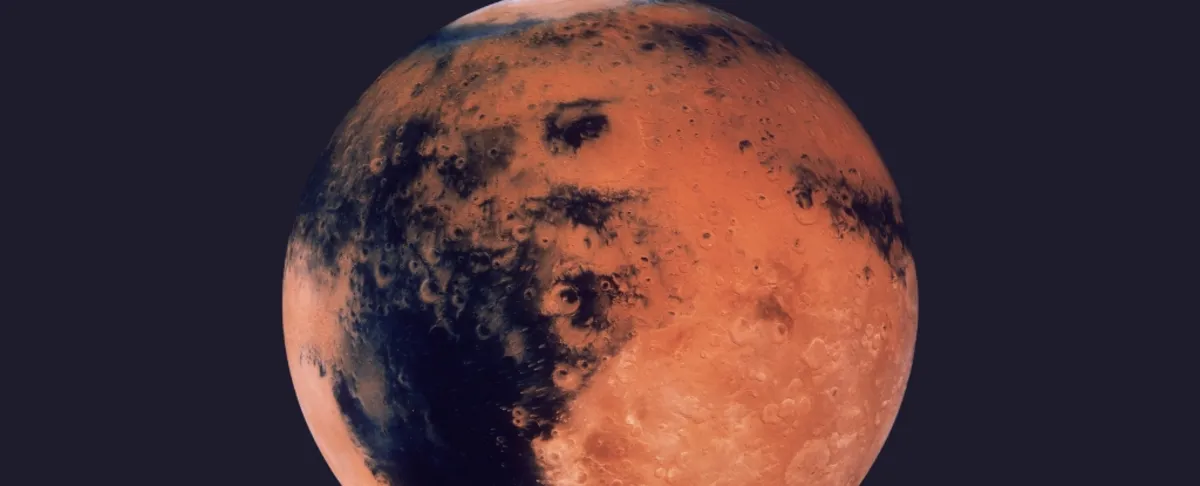
Martian dust storms pose significant health risks for astronauts and taikonauts as space agencies prepare for future missions to the Red Planet. According to groundbreaking research from the Keck School of Medicine at the University of Southern California (USC), these dust storms can lead to respiratory issues and an increased risk of disease. As NASA and the Chinese Manned Space Agency (CMS) gear up for crewed missions to Mars, it becomes crucial to understand these health hazards and develop strategies to mitigate them.
Dust storms on Mars are not just a concern for robotic missions; they can also cause severe complications for crewed operations. These storms create electrostatic disturbances that may disrupt electronic systems and lead to the accumulation of dust on solar panels, hindering power generation. As astronauts spend extended periods on the Martian surface, they will encounter dust storms that occur every Martian year, which lasts approximately 686.98 Earth days. Every three Martian years, these storms can expand to cover the entire planet, as witnessed in 2018 and 2022 when the Opportunity Rover and InSight Lander lost power due to dust interference.
The recent study led by Dr. Justin L. Wang at USC highlights the potential dangers of exposure to Martian regolith, which contains various toxic elements. Researchers from esteemed institutions, including the UCLA Space Medicine Center and NASA's Johnson Space Center, collaborated on this important research. Their findings were published in the journal GeoHealth, detailing how the composition of Martian dust can lead to respiratory diseases among astronauts.
Sending astronauts to Mars involves overcoming numerous challenges, including health hazards caused by prolonged exposure to microgravity and radiation. The closest distance between Earth and Mars was recorded at 55 million kilometers (34 million miles) in 2003, making the journey time-consuming and potentially hazardous. Astronauts can experience physiological changes due to the long transit times, and once on Mars, they face the risk of elevated radiation exposure and health issues related to the Martian environment.
One of the critical findings of the research is the presence of silica dust and iron dust in Martian regolith. These fine particles are particularly hazardous because they can penetrate deep into the lungs, leading to serious respiratory conditions. Historical accounts from Apollo astronauts describe how lunar dust caused various health symptoms, such as coughing and throat irritation. As Dr. Wang notes, silica exposure can lead to silicosis—an occupational lung disease—and the toxic elements in Martian dust could further exacerbate respiratory issues.
Given the complexities of treating medical conditions on Mars, it is vital for space agencies to prepare for a range of potential health problems that astronauts may encounter during long-duration missions. The study emphasizes the need for self-sufficiency in medical treatments, as the logistics of supplying medical care from Earth are daunting. Furthermore, the microgravity environment and increased radiation levels could make astronauts more susceptible to various diseases, complicating any necessary treatments.
To address the potential health risks associated with Martian dust exposure, researchers suggest several countermeasures. These include limiting dust contamination within astronaut habitats and developing effective filtration systems to remove dust particles. While some strategies, such as using vitamin C and iodine, show promise in preventing certain diseases, caution is advised, as excessive intake can lead to other health issues.
As the Artemis Program progresses and missions to Mars become a reality, research aimed at understanding the risks of lunar and Martian regolith will continue to advance. Space agencies are exploring various technologies and treatments to protect astronauts from the hazards of space exploration. With ongoing studies investigating the behavior and transport mechanisms of regolith, we can expect significant developments in pharmacology and medical treatments tailored for the unique challenges of Mars.
In conclusion, the health risks posed by Martian dust storms underscore the need for thorough preparation and effective countermeasures as we embark on the next era of human exploration beyond Earth.